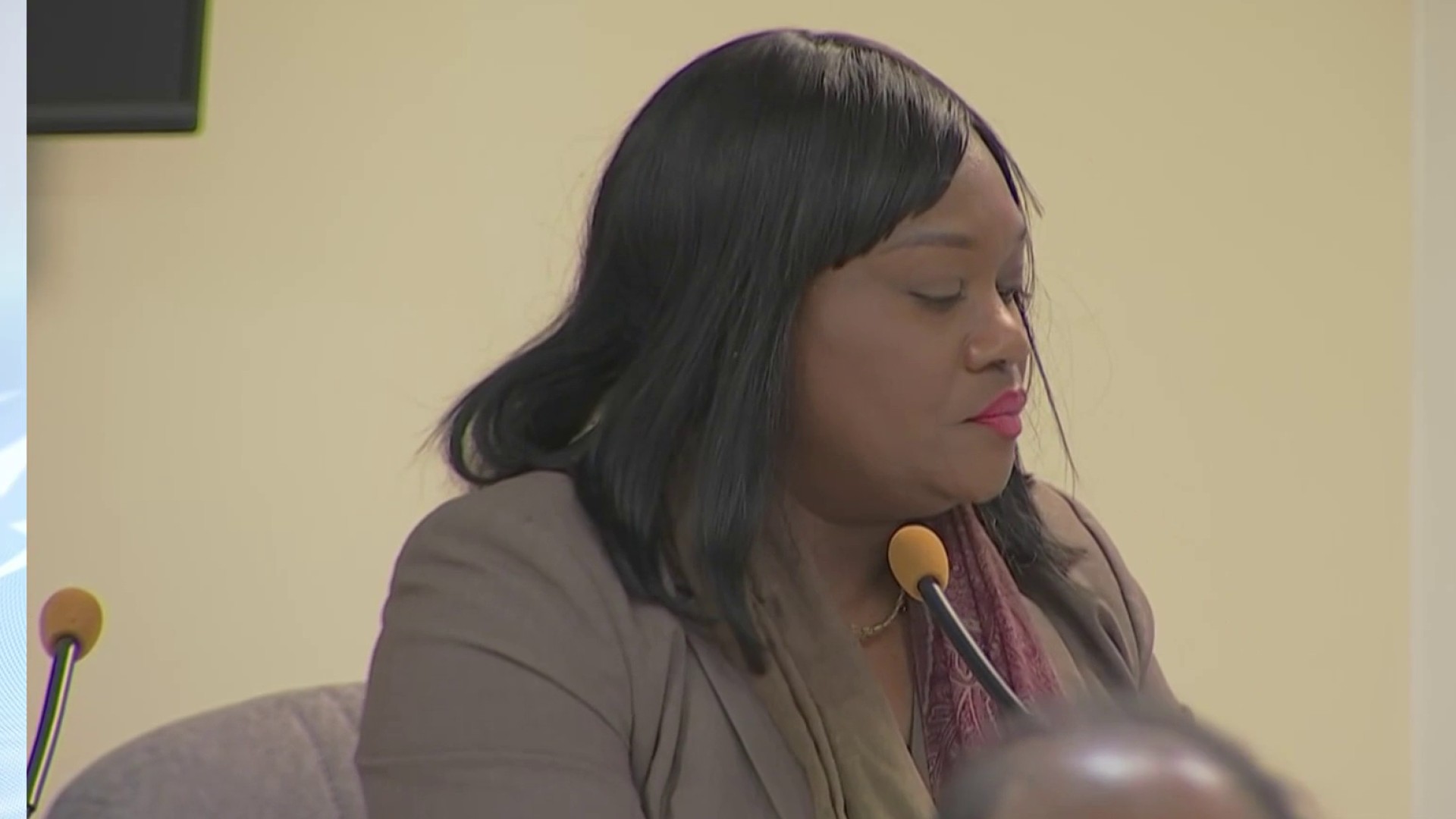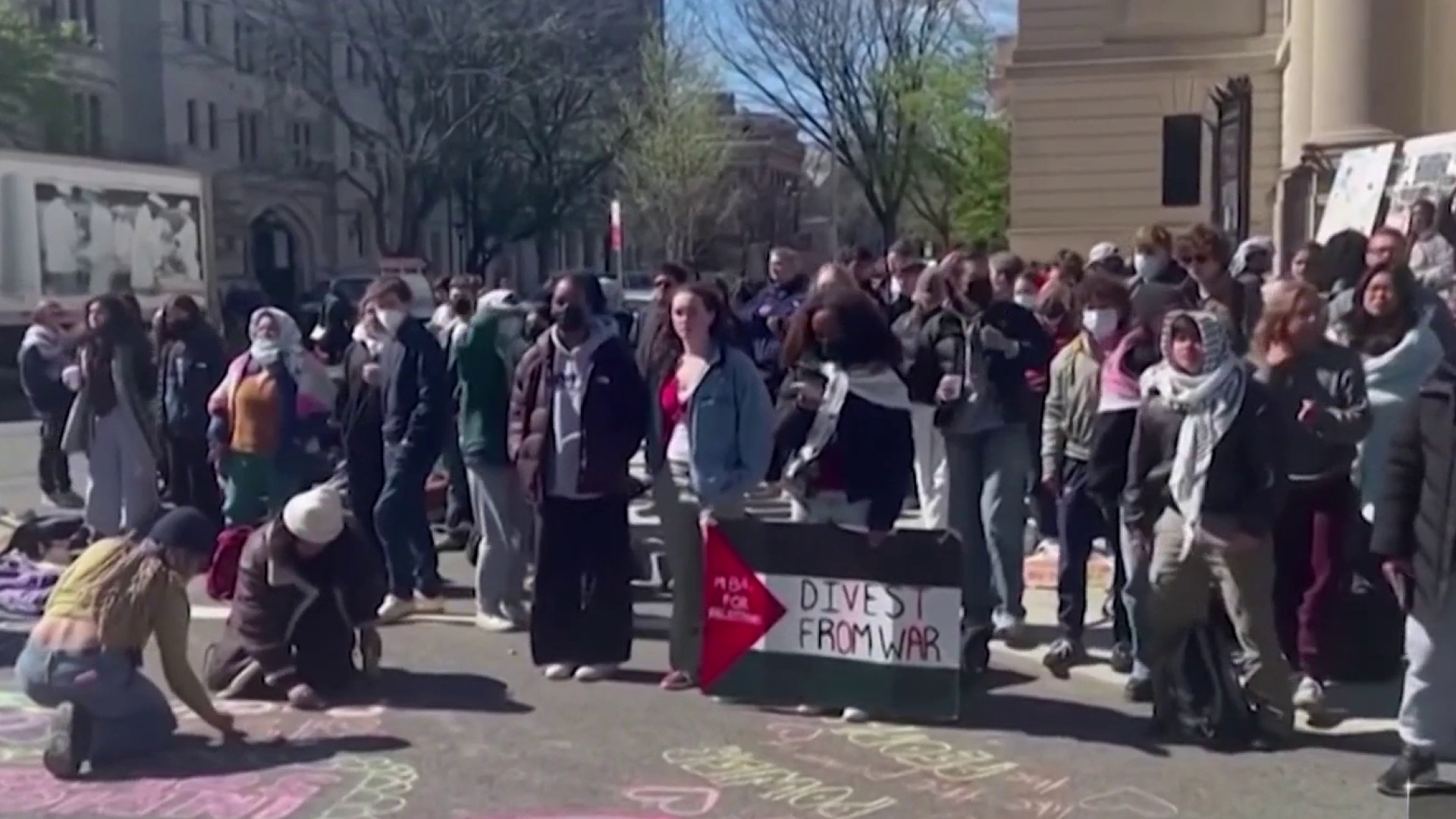The George W. Childs Elementary School at 17th and Tasker in South Philadelphia once resonated with the sounds of more than 500 students traipsing its halls and reciting their lessons.
The school relocated in 2010, leaving behind a century-old building that's now slated to become a mixed-income housing complex.
Childs is one of 12 former schools the district has sold since 2013. Sales are pending for another 14 properties. These empty buildings have been cast alternately as neighborhood eyesores, reminders of upheaval in the city's education landscape and sources of revenue for a cash-strapped district.
Selling school buildings is 'complicated ... and a lot more costly'
In 2013, uncertainty around whether the district would have enough money to open on time spurred changes to process of selling buildings.
Councilman Darrell Clarke and Mayor Michael Nutter released dueling plans for expediting sales to generate more money for the district. Each promised a $50 million infusion of cash.
Local
Breaking news and the stories that matter to your neighborhood.
While the city vowed to give that money to the district, regardless of its ability to pay it back, district officials promised to raise $61 million in building sales that school year.
The actual amount netted by selling off old facilities during that period, according to the district's chief financial Officer Matt Stanksi, was about $24 million.
It's not uncommon for school districts to realize much less than the actual sale value, for a number of reasons, said Emily Dowdall, a researcher at Pew Charitable Trust's Philadelphia Research Initiative.
"A lot of cities have had trouble related to the bonds that go into buying and maintaining their school buildings," said Dowdall. "It makes selling them a lot more complicated and a lot more costly."
Those bonds, which cities can take out for capital expenses, have to be paid down for a building to change hands.
Out of a total $67.6 million in building sales over the last two years, the district netted $42 million after bonds and closing costs.
That disparity is one reason why the district drew fire from public school advocates such as Helen Gym, who questioned whether the district could use "under-utilization" as a rationale for closing school buildings while simultaneously expanding charter schools.
"District officials have not disclosed a full accounting of the transition costs and other expenses associated with closing schools – something that should be of grave concern given what we know about school-closing expenses," wrote Gym, in a 2012 opinion piece published in The Philadelphia Public School Notebook.
The $42 million netted by the district from sales does not include a full accounting of money spent or saved on personnel, transportation or administration related to the school-closing process.
In addition to bonds and other costs associated with the sales, the buildings pose challenges stemming from their former use.
There can be "unique physical challenges," said Dowdall, as in the case of Edward Bok High School – now under contract for sale -- which shares a boiler with the elementary school across the street. "Deferred maintenance" issues and building layouts that are hard to repurpose are other difficulties.
From classrooms to apartments
Due to a some of these challenges, when a hulking public school building closes its doors, most cities look to one kind of new user to move in.
"The most common reuse by far," said Dowdall of cities such as Chicago that have also closed dozens of schools recently, is "charter schools."
But that hasn't been the case in Philadelphia. Of the 26 buildings sold or under agreement of sale since 2012, only five are going to charters. The bulk are going to developers seeing prime locations for commercial or residential use, said Bill Fox Jr., the district's director of real property management.
"Some of our schools lie right outside Center City," he said. "But when there's no more room in Center City, developers are taking a chance."
So far, the School Reform Commission has sold eight schools to developers, four to the Philadelphia Housing Authority and four to universities including Drexel, Temple and University of the Sciences. Charters schools have purchased five properties.
In comparison cities, an average 40 percent of all closed school properties end up in the hands of charter schools.
Of the seven district-owned buildings still on the market, five have interested buyers. Information about the schools still available for sale can be found at PHLschoolsales.com, although some information about other properties is outdated.
The district did not include money from building sales in its budget for the coming school year. It's facing an $80 million deficit ahead of Gov. Tom Wolf's anticipated budget proposal this week, which is expected to include plans for education funding.
While school sales don't equal redevelopment, they are a step away from empty buildings that "cast a pall" over whole neighborhoods, Dowdall said.
Steve Pollock, zoning lawyer for Metal Ventures Inc., which bought Childs Elementary, said his client derived satisfaction from repurposing the historic building.
"To take a public building and help the neighborhood stay how it is," he said. "Instead of leaving a big hole."



